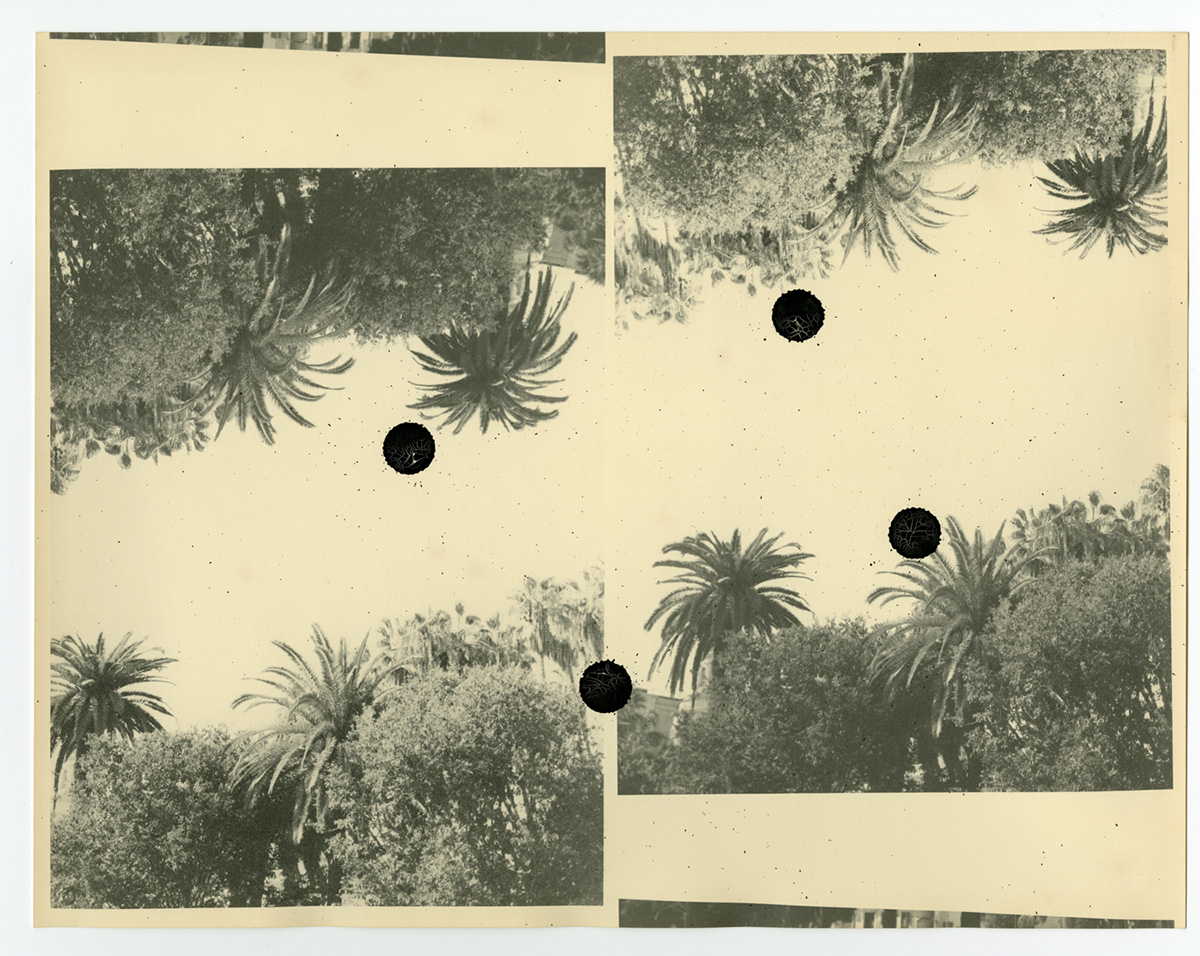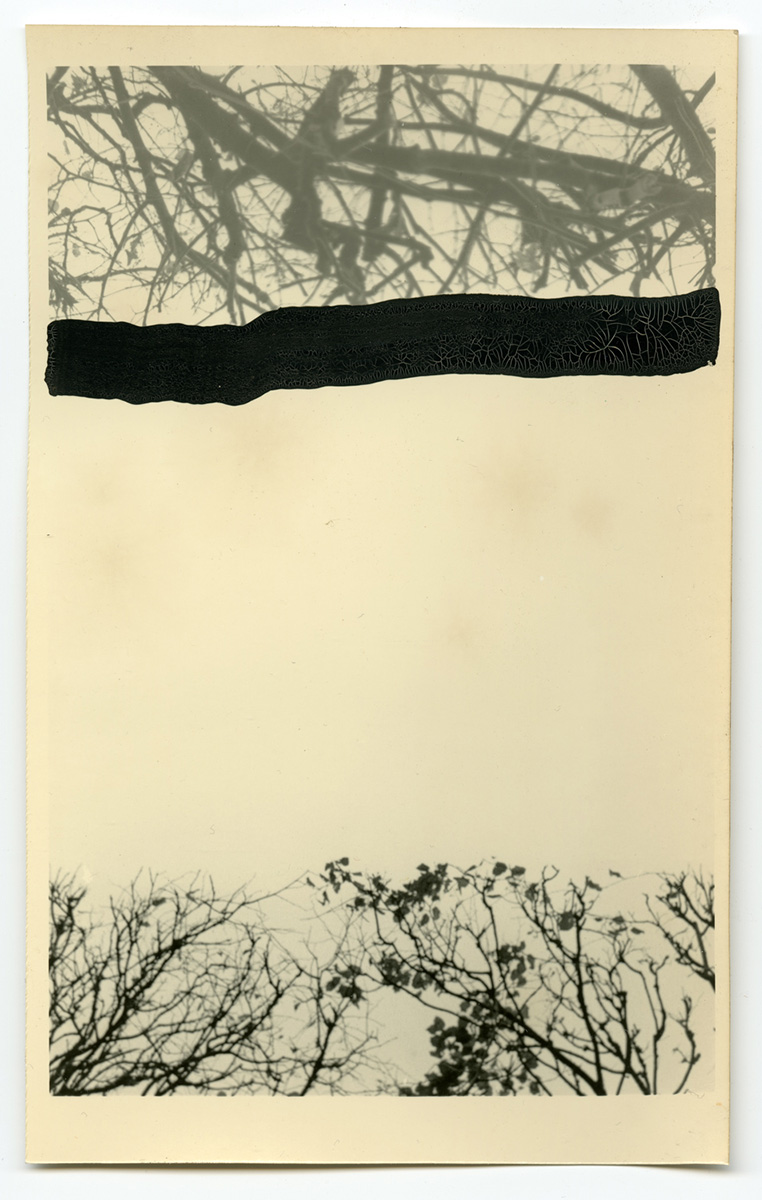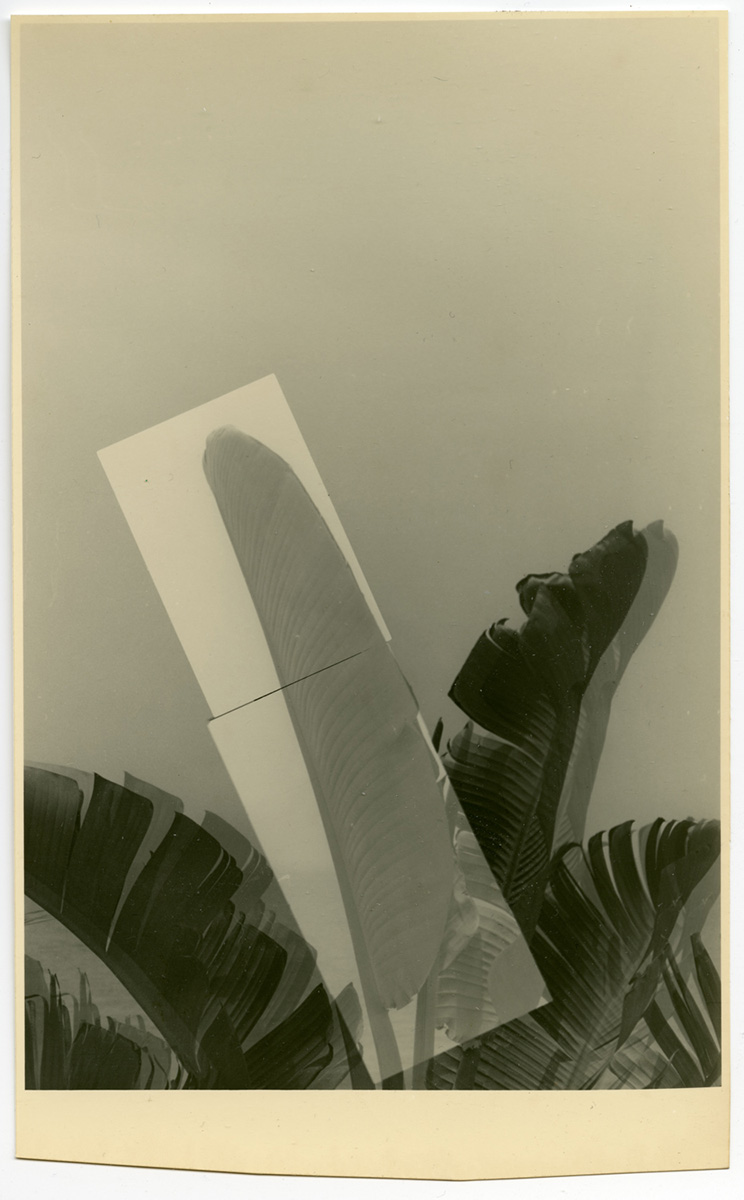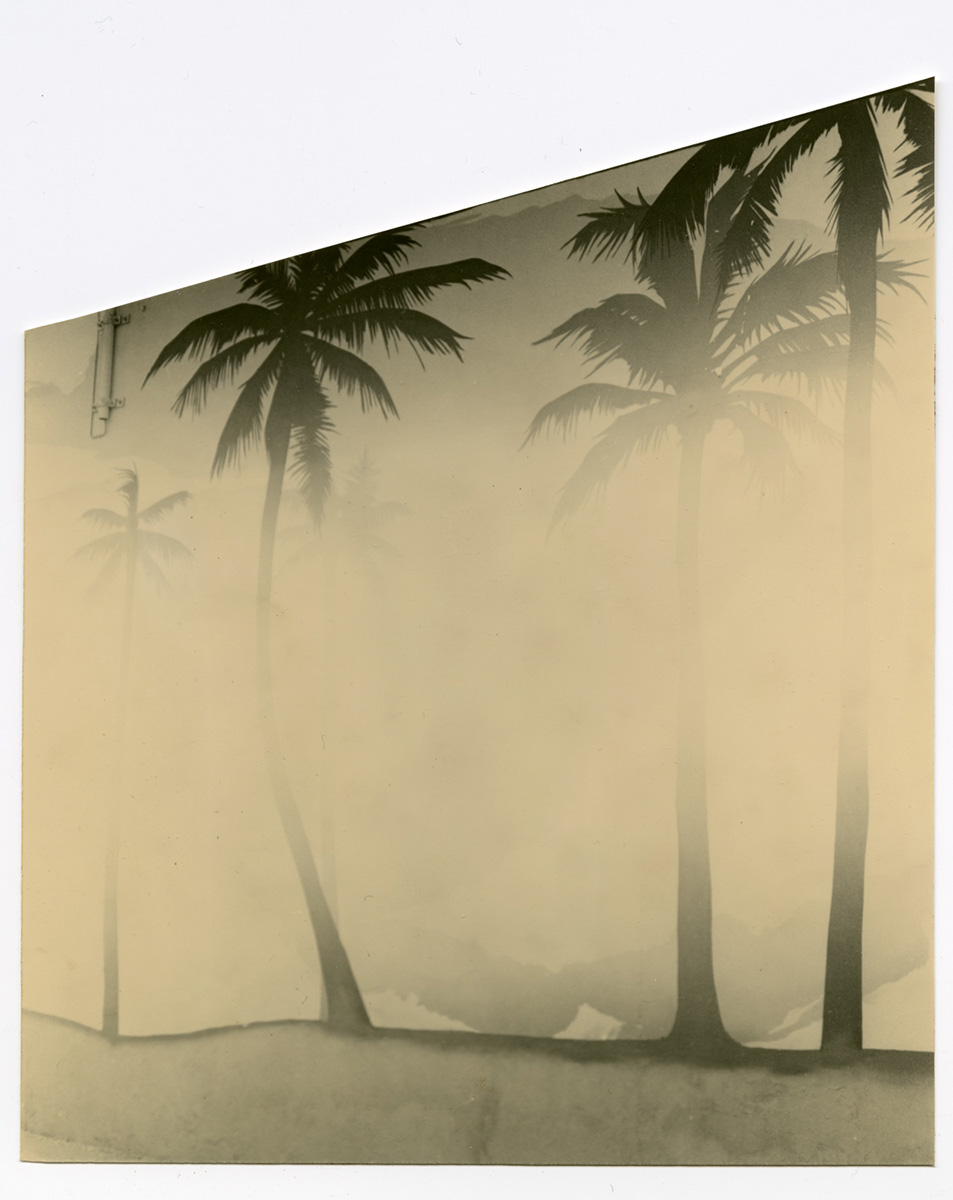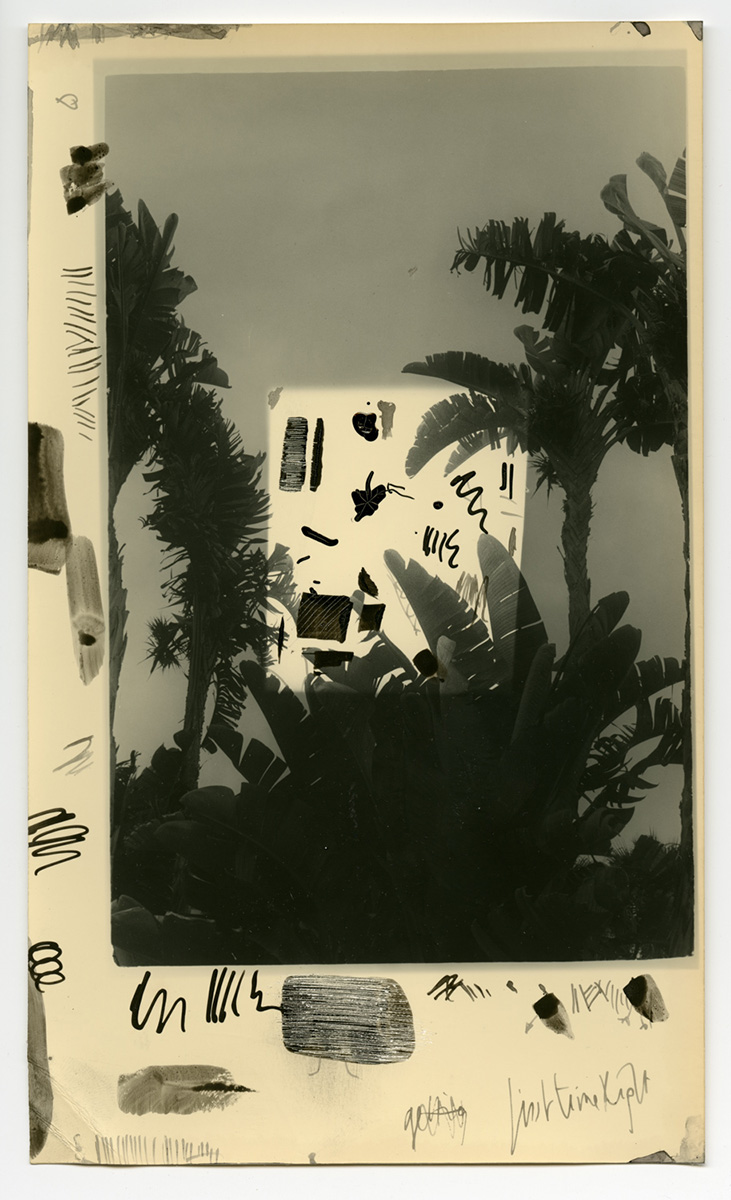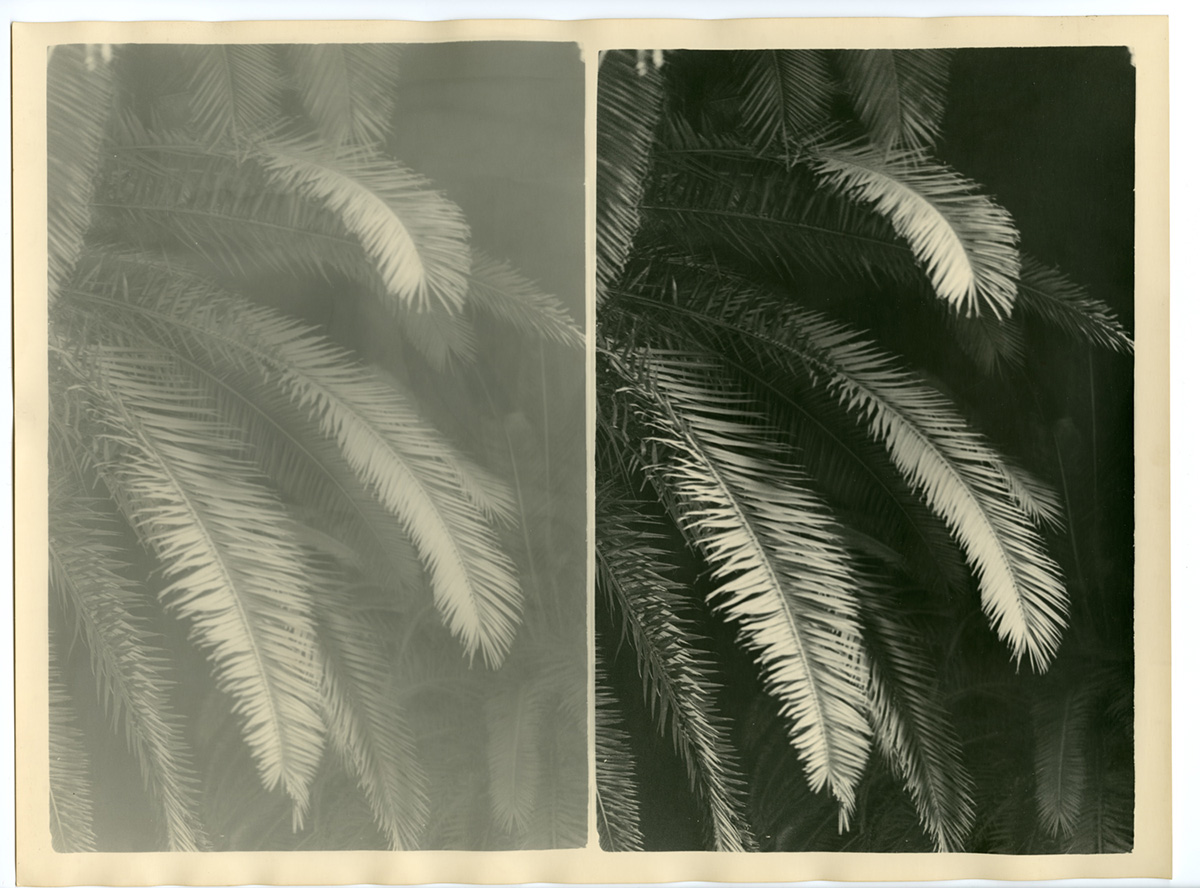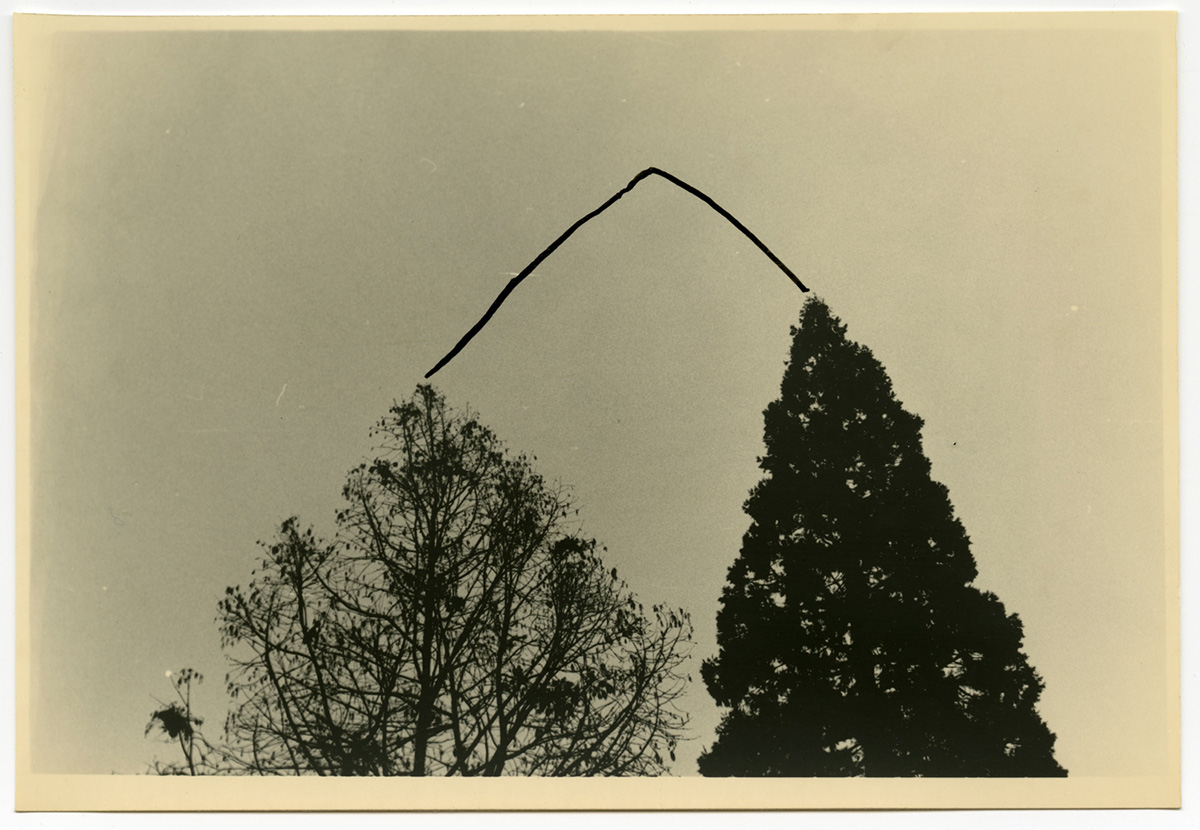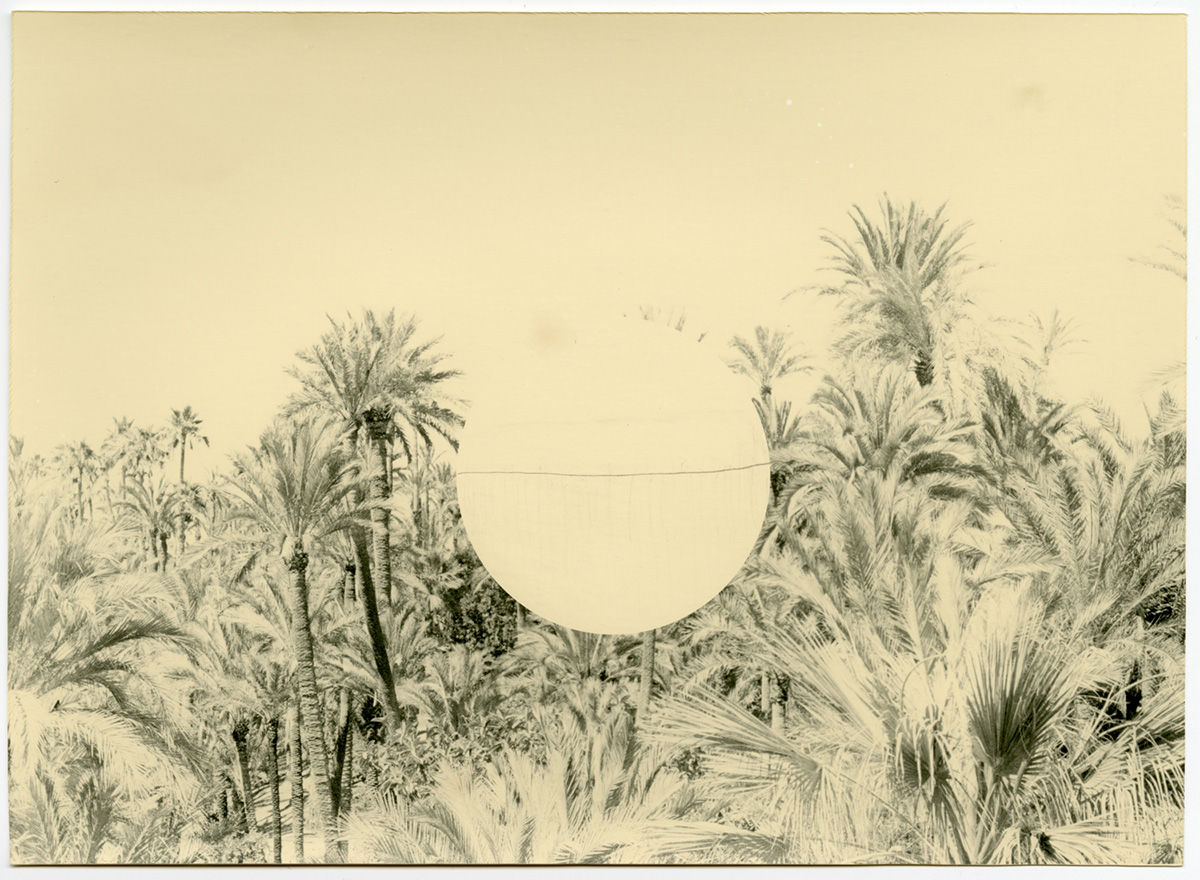Belgian based photographer, Bruno V. Roels shares his analogue photography ahead of his show opening at Howard Greenberg Gallery, New York, 2018.
PW: Could you tell us how you came to photography and what your background is?
I’ve been running around with a camera since I was little. But I was growing up in the 80’s, so I think my parents gave me a camera to play around with, without any actual film in it.
I have studied literature and linguistics at the University, so I have no real ‘art’ or photography background. I started photographing my life around 2000. I won some lottery money and bought my first digital camera, a Sony Cybershot, a real pleasure to work with. After a while I decided I needed a bit more guidance, so I enrolled in an evening course, where I discovered analogue photography (both shooting on film and developing prints in the dark room). I said goodbye to digital and never looked back.

PW: Your work could be described as experimental in your approach. Could you talk to us about how you came to this way of working?
The mainstream idea of photography is this:
- you are somewhere
- you take a photograph
- and you show the perfect version of that photograph to the rest of the world.
It doesn’t really matter whether you’re an award winning photographer or just posting on Instagram, that’s pretty much how it goes.
Photography is much more, and it’s riddled with questions: why do you make photographs, how will you make the photograph? Who will you show it to? Why? And how? So what for most people is a very straightforward proposition; can in fact be much more complex.
My work doesn’t try to answer all these questions, it doesn’t have to. I’m interested in what you can do with an image after you make it. Or, more specifically, what can I do with analogue photography after the initial image making.
It looks experimental because it deviates from what’s perceived as the norm, but I use techniques and processes that have been around since the beginning of gelatin silver photography. So for me, it doesn’t feel like I’m doing anything new, I’m just testing the bounderies.


PW: Some of your pieces include grids of images printed in different variations. What do you hope to convey when you make an artwork like that?
Showing work as a repetition matrix is a cross roads of several things.
First of all: photography is an excellent way to copy things. You can make hundreds, thousands, millions exact instances of the same photograph. Why then, do photographers limit the number of prints they sell in editions. Surely that’s nothing more than a ploy to ask more money for a print. (Not all photographers do this, but most of them do.)
Some art collectors mistrust photography because they are not buying a ‘unique’ piece. So they’d rather spend their money on a painting which is much harder to make copies of.
By showing all the variations at the same time, in a matrix, I make unique work (I can’t even copy my own work. I could try but it would be close to impossible.) But I’m also commenting on the fact that photography is much more than: 1 negative = 1 perfect print. There’s no such thing as the ‘perfect’ print. All prints, all variations are beautiful, useful, poetic, alluring …

PW: Your practice features images of Palm trees heavily in multiple different ways, could you explain your fascination with them?
Because I like repetition/variation, I only use images that allow repetition without spiraling into chaos or kitsch, or ugliness. You can’t use repetition with everything. Palm trees are so iconic that they carry a lot of meaning for a lot of people. They are highly recognisable and they allow me to talk about the meaning of photography without making things too academic. My work speaks to all kinds of people, and I don’t expect them all to be well versed in the many in’s and out’s of visual theory.
Palm trees are not innocent, if you look at the meaning of palm trees throughout history and across cultures; you’ll see they started out as a religious motive (in Mesopotamian religions, in Judaism and Christianity) but as we get closer by the 20th century, that meaning has permutated into something else (victory, success) and nowadays it’s about luxury, holidays, beach, sex, and sun.
What many people do not realize is that the notion of palm trees equaling luxury can be traced back to the colonial expansion of the Western world (Germany, Great Britain, France), so the idea that ‘the world is exotic and wonderful’ piggybacked on a bloody expansion of Europeans.
Being born in Belgium, palm trees were very exotic to me, I only saw them in Indiana Jones movies and 80’s American television. So I’m a product of the same bloody history, in a way.



PW: Where do you look for inspiration and references?
Nature, mostly. Historically, there’s a strong link between the emergence of photography and nature photography. A lot of the modernist photographers looked at nature for subject matter and inspiration.
I’m interested in what happens when you copy certain images (like a negative) over and over again (you can call this ‘mimesis’), and in what happens when those copies are not perfect but when there are variations. Nature is exactly the same: DNA governs what fauna and flora will look like, but there are variations (evolution!) and even the same species never produces exactly the same form. It’s winter in Belgium as I write this, which means most plants have gone now, but they’ll come back and they’ll look different. So it’s a copy, but not an exact one. This fascinates me, more so because that idea comes back in some older religions as well: a god may die only to be reborn. This is called ‘the dying-and-rising god’ and it’s linked to the fertility rites around the yearly cycle of vegetation. I can go on and on about it, but it would take us deep into comparative mythology.
I’m not saying that my work is religious, but it takes inspiration from a universal motive that’s deeply embedded.


PW: What’s coming next for you?
I have a solo show at Howard Greenberg Gallery in New York, and that’s a pretty big deal because that’s a kick-ass gallery in the photography universe. I’m pretty stoked about that, and stressed out as well, because I still need to make a lot of work.
Also, 2018 should be the year in which I finalize some books that have been long overdue. I’m also playing around with the idea of applying for a PhD in the Visual Arts, but that’s a long shot right now.

Bruno will open a show of his work at Howard Greenberg Gallery March 22nd 2018.
For more of Bruno’s work click here.
For more from our Ideas Series, click here.
